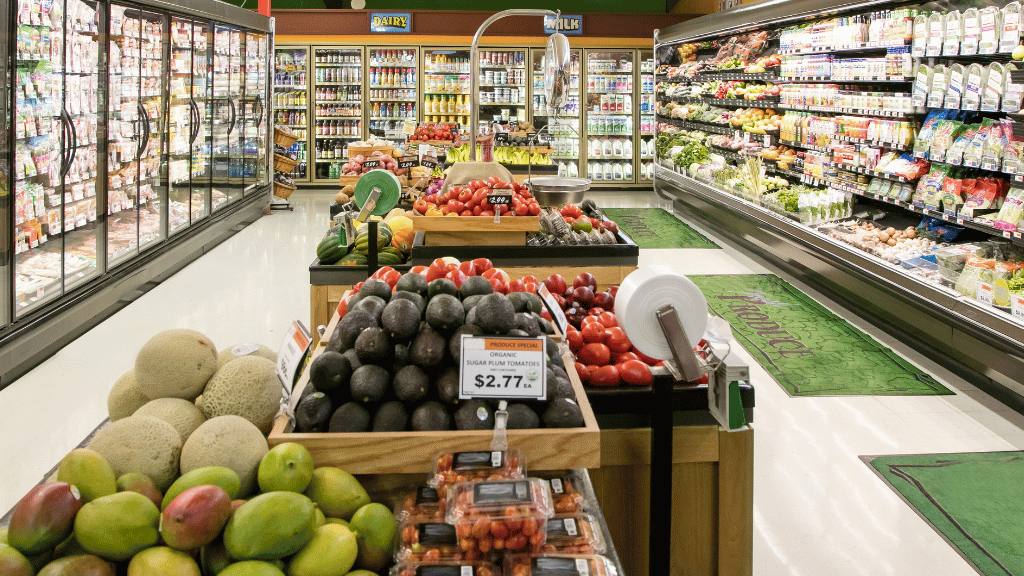We have several methods available to enhance and preserve food safety. These include processes such as heat (e.g. thermal processing), using special packaging, and more. In this article, we’ll focus on two particular methods: Irradiation and High-Pressure Processing (HPP).
Irradiation vs. High-Pressure Processing (HPP)
Irradiation enhances food safety by severing the DNA/RNA molecules present in bacteria, viruses, and other pathogens, preventing them from reproducing or functioning effectively. The FDA has approved three radiation sources for food use: Gamma, X-ray, and Electron Beam sterilization. These methods have undergone thorough evaluation by the FDA and have been deemed safe for food applications.
“Irradiation does not make foods radioactive, compromise nutritional quality, or noticeably change the taste, texture, or appearance of food. In fact, any changes made by irradiation are so minimal that it is not easy to tell if a food has been irradiated.” source — fda.gov
High-Pressure Processing (HPP) is a food preservation technique that uses elevated pressures to extend the shelf life of foods while maintaining their quality and safety. HPP is a relatively new technology, with the first scaled commercial applications dating back to the mid-1990s.
How High-Pressure Processing (HPP) Works
HPP works by subjecting food products to high levels of hydrostatic pressure, typically between 100 to 1000 megapascals (over 100,000psi). During this process, food is placed inside a high-pressure vessel, where pressure is applied uniformly from all directions. The intense pressure ruptures the cellular structure of microorganisms such as bacteria and molds, leading to their inactivation or destruction. HPP is widely used in the food industry for products ranging from juices and meats to ready-to-eat meals and seafood.
Help Me Understand the Difference
Irradiation and HPP can be used with a wide array of food products. Explore the comparison of the two technologies in the following table:
| Feature | Irradiation | High-Pressure Processing (HPP) |
|---|---|---|
| Principle | Uses ionizing radiation to kill bacteria, viruses, and insects in food | Uses high pressure to deactivate pathogens and extend shelf life |
| Mechanism | Disrupts the DNA/RNA of microorganisms, rendering them unable to reproduce | Applies extreme pressure (usually between 100 and 1000 MPa) to food, causing cellular damage to pathogens |
| Effect on Food | May cause minor changes in taste, texture, and nutritional content, depending on the dose and food type | Minimal impact on taste, texture, and nutritional content of food |
| Regulatory Approval | Approved for use in many countries with specific regulations regarding dosage and labeling | Approved for use in many countries with regulations regarding pressure levels and processing parameters |
| Target Pathogens | Effective against a wide range of pathogens including bacteria, viruses, and parasites | Effective against bacteria and molds, but less effective against viruses |
| Shelf Life Extension | Extends shelf life by reducing microbial load | Extends shelf life by reducing microbial load and slowing enzymatic reactions |
| Applicability to Food Types | Works well with a variety of food types, but may not be suitable for all | Foods with very high water and/or fat content (texture can change). Does not work well with low water content (e.g. freeze-dried) foods |
| Consumer Perception | Some consumers have concerns about safety and potential side effects | Generally perceived as a more natural method with fewer concerns among consumers |
NextBeam is Here to Help
At NextBeam, we understand the importance of providing safe and reliable sterilization solutions for your food products. Whether you’re considering irradiation, HPP, or another method, our team is here to support you every step of the way. Reach out to us for personalized assistance in navigating the complexities of food safety.

